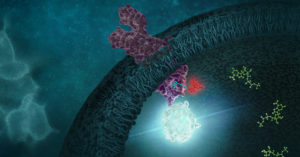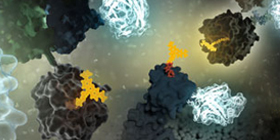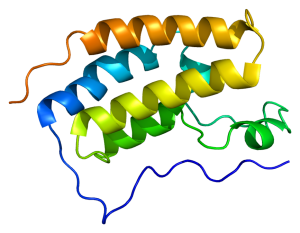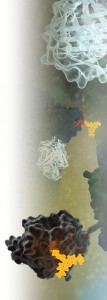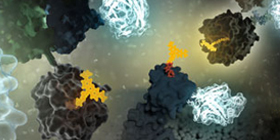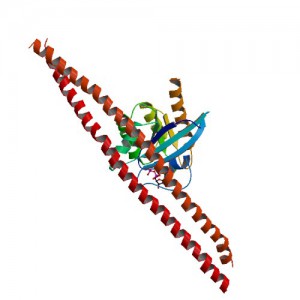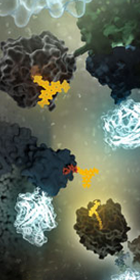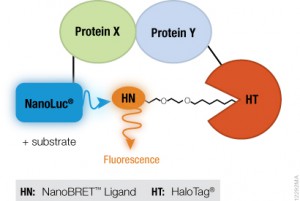Autism Spectrum Disorder, or ASD, is nothing if not unique.
The way ASD manifests itself in people is unique; although it most often presents as some form of variable impairment in social interaction and communication, each individual has behaviors and habits that are as unique to them as snowflakes are to one another.
ASD has also proven itself to be a uniquely challenging disorder to study. In the past decade, de novo (new) mutations have been identified as key contributors to causality of ASD. However, the majority of these identified de novo mutations are located in protein-coding genes, which comprise only 1–2% of the entire human genome.
Up to this point, a majority of previous research has focused on identifying mutations located in the 20,000 identified genes in the protein-coding region, which would seem like a promising approach. Genes are the genetic blueprints for creating proteins, which control and perform crucial tasks in our bodies, such as fighting off infections, communicating between your organs, tissues, and cells as chemical messengers, and regulating your blood sugar levels. It seems like basic math: Genes + Mutations = Mutated Proteins. Mutated Proteins = Disrupted Protein Function.
However, it has been observed that all the known genes that are ASD-associated can explain only a minor fraction of new autism cases, and it is estimated that known de novo mutations in the protein-coding region contribute to not more than 30% of cases for individuals who have no family history of autism (better known as simplex ASD). This provides evidence to suggest mutations contributing to autism must additionally occur elsewhere in the genome. Continue reading “The Simplex Things In Life: Utilizing Artificial Intelligence Models to Better Understand Autism”
